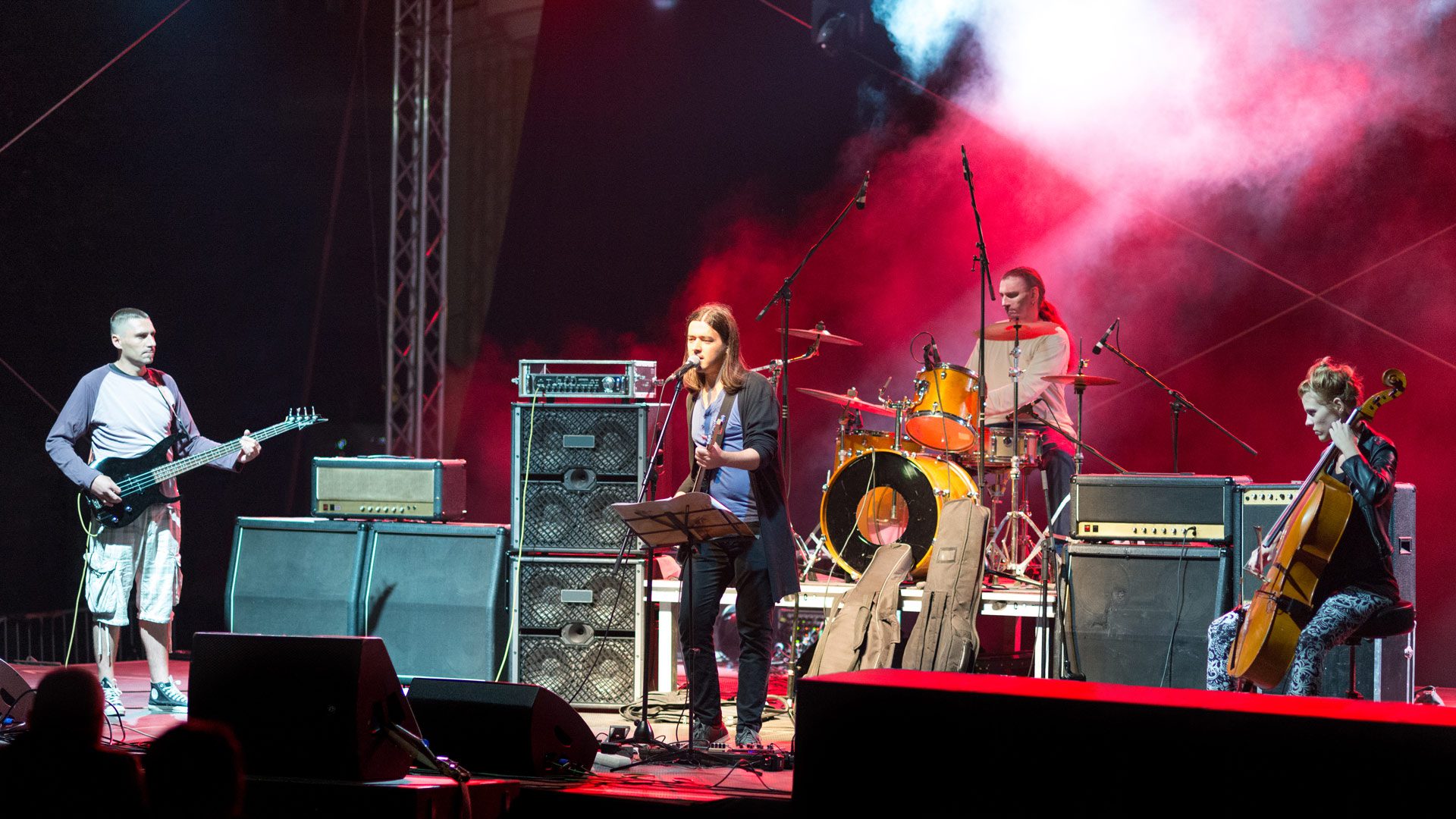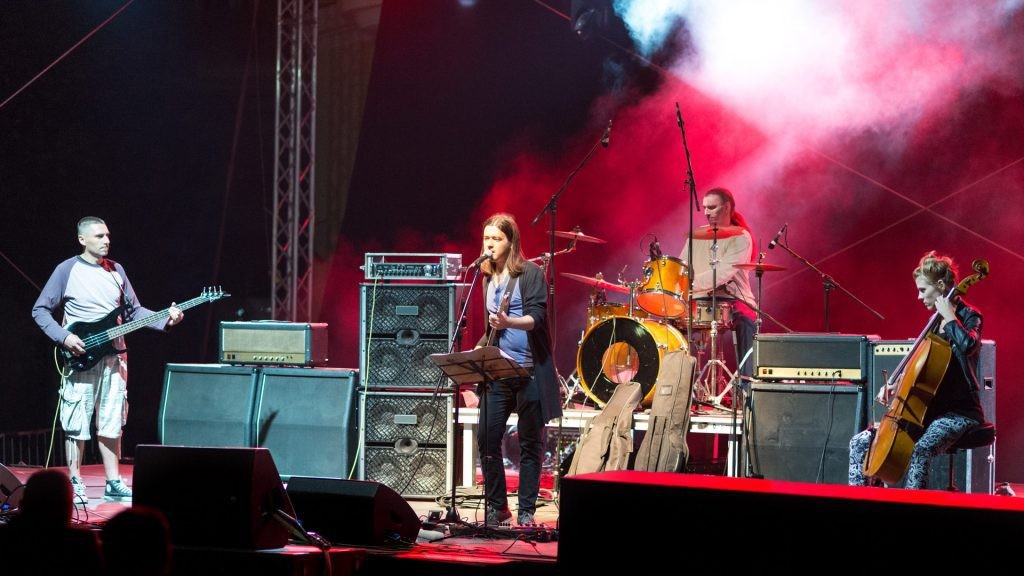Latency – it’s about time
Latency is a term you’ll hear used in both audio and video systems. We all have some idea about what latency is, but when pressed the details get fuzzy. Let’s take a look at what it is and what is means – or doesn’t mean – for your system.


Latency is a term you’ll hear used in both audio and video systems. We all have some idea about what latency is, but when pressed the details get fuzzy. Let’s take a look at what it is and what is means – or doesn’t mean – for your system.
Pulling out my handy Oxford English Dictionary, I can see that latency is “the delay before a transfer of data begins following an instruction for its transfer.” Sounds right. All data takes some time, however small, to go from point A to point B, and that’s true for both analog and digital systems. Even signals moving at the speed of light have latency. In an AV system, latency is the time it takes for audio or video to be sent from one device and received by another.
This subject didn’t come up in analog days because those systems run as fast as physics will allow, period. Networking adds computational time, and early networked audio suffered from larger latencies than analog engineers were accustomed to seeing, which is one reason it is still discussed today.
But how much is a lot? How much is too much? The answer depends upon what you’re trying to accomplish. Let’s look at latencies in the natural world to establish a baseline.
Sound travels at 1125 feet/second (343 m/sec), and so requires 1 millisecond to travel approximately 1 foot (0.3m). So, when musicians are 10 feet apart from one another on stage, they are hearing each other with at least 10 ms of delay. This is not a problem since everyone experiences the delay in the same way and the brain compensates for any small differences. No one hears an echo or detects a problem.
But what if a vocalist sings through a microphone and then hears themselves back through a monitor delayed by a 20 or more milliseconds? Now the singer will hear the delayed signal as separate from their voice, and the effect is disconcerting at best. This is because they are hearing the original and the delayed signal at the same time, and that is the latency problem in a nutshell.
Latency is primarily an issue in recording, and this is largely due to the processing time required by DAWs, which may range from a few milliseconds up to 20 or more milliseconds depending upon effects and the computer being used. This can create issues when overdubbing, because musicians may hear both the direct and delayed sounds at the same time. That is why many recording interfaces support monitoring features that bypass the DAW itself.
Dante contributes very little to the latency in an AV system or DAW. The default latency for Dante audio is 1 millisecond, or the equivalent of 1 foot (0.3 meter) of air travel at the speed of sound – a value so small as to be undetectable for all practical purposes. Dante latency is also fixed per device, so it’s easy to ensure that all Dante devices in a single acoustic space are precisely synchronized.
The upshot: latency matters when a listener can hear both the original and delayed sounds at once. If they cannot, then latency matters less or not at all.
Stay up to date with the Dante Journal
* indicates required fields




